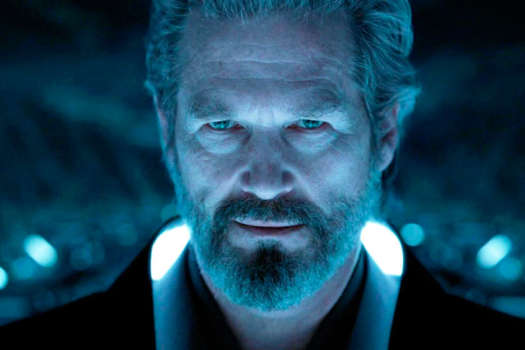The best music always sounds as if it was made and continues to live at a stark disconnect from the physical world. And this is the only true manner in which the High Llamas Sean OHagan still bears relation to Brian Wilson, to whom he continues to be habitually, carelessly compared; a seeming obsessive duty to create songs that transcend the gracelessness of everyday life, that provide a buffer against hard edges. Beet, Maize & Corn the Llamas first record since 2000s Buzzle Bee might, on its surface, reveal little progression from all that has come before, but is no less lovely for that. The Llamas music has always evolved at slow, assured increments, amassing confidence and focus that inattentive ears might not hear. Recorded primarily at OHagans home and without drums, Beet strips back his signature sound to an essence, allowing the unaffected sweetness of "The Click and the Fizz and "The Walworth River (the latter one of his very best songs) to shine like the morning light he so often sings about. Close to a decade after Gideon Gaye, the album that redefined OHagans aesthetic of melodic utopia, this is no more or less than another small gift of beauty, another small act of faith.
What intentions did you have for this album that differed from what youve done before?
The way Ive always worked, in various guises, is not by discovering new things, but by taking things that are familiar and putting them with an unfamiliar partner. And the two things I wanted to capture on this record were American 50s music like Pat Boone, Ray Charles, Frankie Avalon, Bobby Darin and the writers from that period and English and French music from the 1890s and early 1900s Ravel, Debussy, Delius, people like that.
Theres much more space and economy in the music this time around.
Somebody said to me, Sometimes the fullness of your songs is lost in the minutiae of the arrangement; you cant actually hear the joy of that melody against that chord. And I just thought I did want that to be really evident on this record. So, on some songs its literally just a voice and a nylon-string guitar, sometimes just a piano and the voice.
(Drag City)High Llamas
Beet, Maize & Corn

BY Michael WhitePublished Jan 1, 2006



